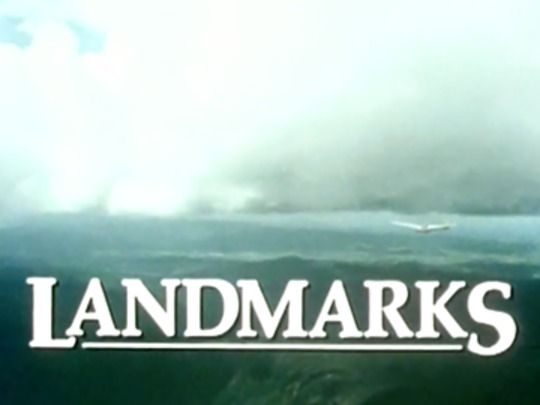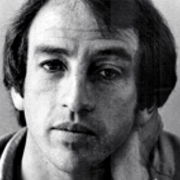
Landmarks
Television, 1981
The Producer's Perspective
Landmarks began as a twinkle in my eye in London, while I was watching Alistair Cooke’s 13-part series America when it was released on BBC2 in 1972. What an amazing broadcaster, and what a way to tell a country’s story. Wouldn’t it be wonderful to do something like it on New Zealand?
First I needed to learn to make documentaries. I returned to Wellington and the NZBC and started on Inquiry in 1974. There was still only one channel. It sounds unbelievable today, but you got to make seven 30-minute documentaries on the trot, scheduled sight unseen in advance.
I came to Auckland for the start of TV2, and did the same thing on Encounter and Perspective. Back in Wellington, Tony Isaac had paved the way for major historical New Zealand drama series with The Governor on TV One. The time seemed right to suggest a big historical documentary series on New Zealand to TV2 Director-General Allan Martin. First find your Alistair Cooke, he said.
Keith Hunter was working with me on Encounter and suggested Ken Cumberland, Professor of Geography at Auckland University. Keith had worked with Ken in his role as a contributor to the NZBC weekly talk series Looking at Ourselves. I recognised Ken’s name. He was no Alistair Cooke, but perhaps I could make him one. I had enjoyed his opinionated broadcasts, and his warm North Country voice.
I made an appointment and put the idea to him. What approach would he like to take? I was delighted to discover that he had already considered a view of the story of New Zealand that seemed tailor-made for television: how a small number of people had transformed the landscape more completely in a shorter time than anywhere else in history.
Here was a theme you could point a camera at. The Governor had been dogged by political controversy and a narrative that was sometimes hard to follow. A documentary series that told our country’s story through our landscape would (hopefully) be accessible to everyone.
But was an academic professor the man to pull it off? Would Ken be any good on-camera? The good news was that Ken was also a farmer, at home in gumboots and on the paddock. Together Ken and I worked out a pilot where we borrowed a cream separator from MOTAT [Museum of Transport and Technology], took it to his farm and got it going to show how separating the cream from the whole milk had reduced the volume farmers had to cart away to the dairy factory.
Ken looked believable and sounded good. I added some archive and music, recorded his narration voice-over, and showed it to Allan Martin. He told me we had our man. We never looked back.
I wrote to the producer of Alistair Cooke’s America and Kenneth Clarke’s Civilization at the BBC, and got a bible on how they made those shows. There were two bits of advice from the Beeb that we followed when we made the pilot. The first was not to start with the opening episode (for which you needed to have the wrinkles ironed out), and the second was to identify the presenter’s strengths and make the most of them.
So we chose episode eight, ‘The Main Trunk Line’, Ken’s story of how our network of waterways, sea routes, land and air links evolved. Ken had the geographer’s gift of being able to draw perfect maps freehand. The sequence where he draws a map of New Zealand on the sand, shows how Māori couriers ran south along the coast from the mouth of the Whanganui River, places a shell on his map to show where he is now, and we cut wide to reveal Kapiti Island off the coast (the Māori jumping-off point for the South Island), is still one of my favourites.
- George Andrews, NZOM, is one of New Zealand's most experienced television producers. Now running his own company, he has also done time as head of documentaries at both TVNZ and TV3.
